Introduction to Fitness on the Road
In our modern world, travel is an opportunity for both leisure and exploration; however, it often poses challenges to maintaining a consistent fitness routine. The concept of “fitness on the road” emphasizes the importance of integrating physical activities into one’s travel agenda to not only sustain health but also to enrich cultural experiences. Whether it is walking through ancient ruins, cycling through vibrant city streets, or participating in local sports, these activities offer unique ways to engage with a destination, making fitness an integral part of the journey.

Traveling often results in a departure from regular exercise patterns, which can lead to feelings of lethargy and disruption in one’s well-being. Thus, planning fitness-oriented cultural activities can help alleviate these issues. These activities are not merely about burning calories; they also foster connections with local communities and traditions. By incorporating movement into the exploration of different cultures, travelers can deepen their understanding and appreciation of their surroundings, creating lasting memories beyond typical tourist experiences.
Additionally, embracing fitness on the road can enhance one’s overall travel experience. Engaging in activities such as dance classes, hiking local trails, or trying out traditional sports allows travelers to immerse themselves in the local lifestyle while reaping the physical benefits of exercise. Thus, maintaining an active routine while traveling is not just beneficial for health but is also an enriching element of cultural tourism. This blog post will delve into various cultural fitness activities from around the world, showcasing how movement can seamlessly blend with exploration, ensuring that both body and mind remain in harmony during one’s travels.
Tango in Argentina: Dance as a Workout
The enchanting world of tango in Argentina offers more than just a captivating dance experience; it serves as an exhilarating form of physical exercise that promotes strength, flexibility, and cardiovascular health. Originating in the late 19th century in the streets of Buenos Aires, tango has evolved into a globally celebrated dance that also encapsulates rich cultural heritage and artistic expression. Engaging in tango not only allows individuals to connect with Argentina’s vibrant culture but also provides a vigorous workout that can significantly improve one’s fitness levels.
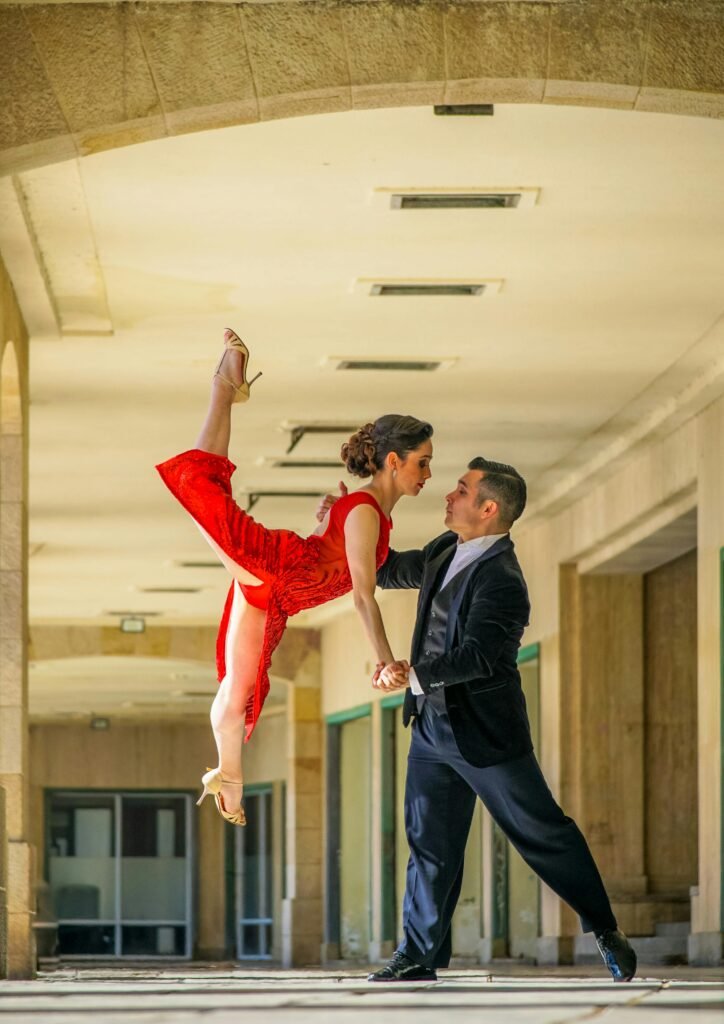
This passionate form of dance involves intricate movements that require coordination, balance, and stamina. Dancing the tango activates multiple muscle groups and helps individuals build core strength while enhancing their overall physical fitness. Regular participation in tango lessons can lead to improvements in cardiovascular endurance, as the rhythmic dance often involves high-energy movements that get the heart pumping. Moreover, the flexibility required to perform various tango steps can contribute positively to muscle elasticity and joint health.
Beyond the physical benefits, tango offers substantial mental stimulation. Engaging in this dance form requires focus and cognitive engagement, as dancers must understand and anticipate their partner’s movements. This interaction fosters a unique bonding experience, enhancing social connections and reducing feelings of isolation or stress. For those interested in immersing themselves in this experience, Buenos Aires is renowned for its numerous tango schools and workshops, catering to all skill levels—from beginners to advanced dancers. Popular venues, such as La Viruta and Salon Canning, offer vibrant atmospheres where individuals can learn, practice, and perfect their tango techniques.
For travelers seeking an active and culturally rich experience, embracing tango lessons in Argentina is a rewarding way to maintain fitness while delving into the country’s artistic expressions. The combination of dance, culture, and exercise presents a compelling case for incorporating tango into your fitness routine while exploring the beautiful landscapes of Argentina.
Hiking in Nepal: Nature and Fitness Combined
Nepal, renowned for its majestic mountains and diverse landscapes, offers some of the most breathtaking hiking opportunities in the world. Among the favored trails are the Annapurna Circuit and the Everest Base Camp trek, both of which present unique physical challenges while promoting significant fitness improvements. Adventurers and fitness enthusiasts flock to Nepal not only for its iconic scenery but also for the physical demands these hikes entail. The elevation gain, often exceeding 5,000 meters, involves treks through rugged terrains that target various muscle groups, enhancing cardiovascular endurance and leg strength.
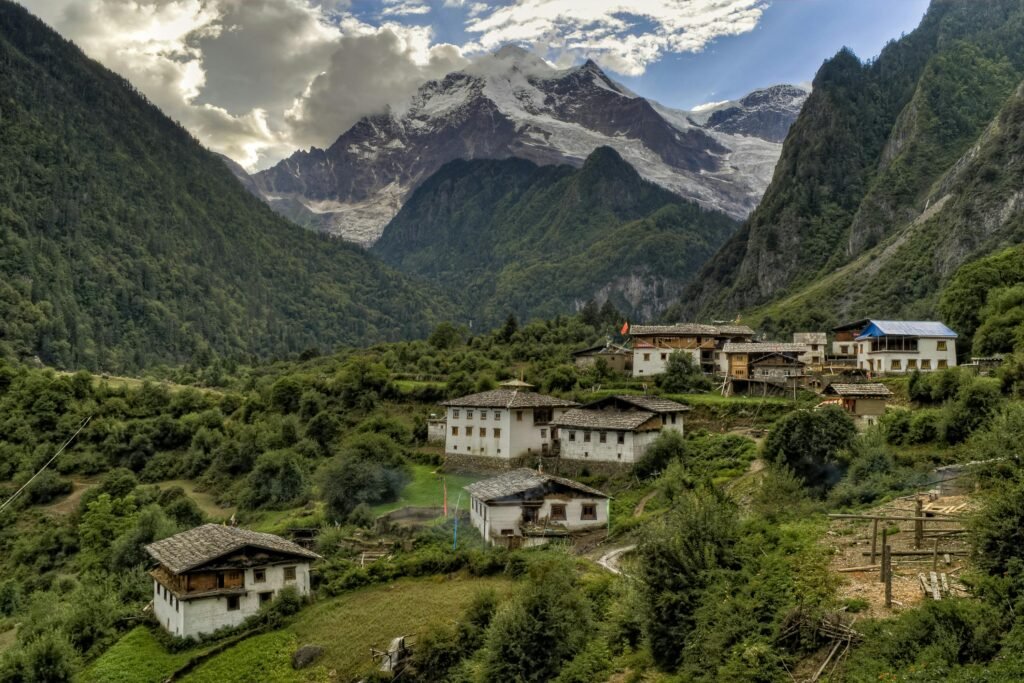
The Annapurna Circuit, stretching approximately 160-230 kilometers, offers an unrivaled blend of natural beauty and cultural encounters. As trekkers navigate through traditional villages, lush forests, and high-altitude landscapes, they engage in a strenuous workout that benefits both the body and mind. The trek typically spans 10 to 20 days, allowing participants to experience gradual acclimatization, which is crucial for avoiding altitude sickness. This gradual pace not only aids physical fitness but also augments the enjoyment of stunning views, local cultures, and the rich biodiversity of the region.
On the other hand, the Everest Base Camp trek leads hikers through breathtaking views of the world’s highest peaks, such as Mount Everest. Along the journey, trekkers traverse picturesque Sherpa villages, ancient monasteries, and challenging terrains, which enhance their physical well-being while providing opportunities to learn about local traditions. The fatigue from hiking is often outweighed by the joy of encountering warm-hearted locals and experiencing vibrant cultures deeply rooted in the mountainous landscape. This unique combination of exercise and cultural discovery makes hiking in Nepal not just a physical endeavor, but also a deeply enriching experience.
Yoga in Bali: Mindfulness and Movement
Bali, often referred to as the Island of the Gods, offers a unique setting for yoga enthusiasts seeking both mindfulness and movement. The serene landscapes, coupled with a tranquil atmosphere, make it an ideal destination for practicing various styles of yoga. From the vibrant surf beaches of Canggu to the lush greenery of Ubud, Bali provides numerous opportunities for travelers to engage in yoga practices that cater to all skill levels.

Each style of yoga offers distinct benefits and experiences. For instance, Hatha yoga focuses on physical postures and breathing techniques, making it suitable for beginners. Vinyasa yoga, characterized by its flowing sequences, helps in developing strength and flexibility while maintaining a connection between breath and movement. Ashtanga, on the other hand, appeals to those seeking a more vigorous practice that combines breath and postures in a dynamic format. Finally, Yin yoga offers a restorative approach, emphasizing deep stretching and relaxation, which can be particularly beneficial for those dealing with travel fatigue.
Practicing yoga daily in Bali not only enhances physical fitness but also nurtures mental well-being. The emphasis on mindfulness helps travelers cultivate a deeper connection with their surroundings, fostering a sense of peace and contentment. Research has shown that regular yoga practice can reduce stress, improve mental clarity, and enhance emotional resilience, which are valuable benefits during travels filled with new experiences and challenges.
For those looking to immerse themselves in the full experience, Bali is home to numerous reputable yoga retreats and studios. Some popular locations include the Yoga Barn in Ubud, known for its extensive class offerings and holistic programs, and the serene surroundings of the Como Shambhala Estate, which combines luxury with wellness. These retreats not only provide tailored yoga sessions but also include workshops on meditation and healthy living, ensuring a comprehensive approach to wellness in a culturally rich environment.
Cycling Through the Streets of Amsterdam: A Cultural Ride
Amsterdam is renowned for its robust cycling culture, making it one of the most bike-friendly cities in the world. With an extensive network of cycling paths and a flat landscape, the city promotes biking not only as a means of transportation but also as a integral aspect of the Dutch lifestyle. Cycling through the streets of Amsterdam provides a unique perspective on its rich history, vibrant neighborhoods, and scenic canals while simultaneously offering an excellent cardiovascular workout that aids in maintaining physical fitness.
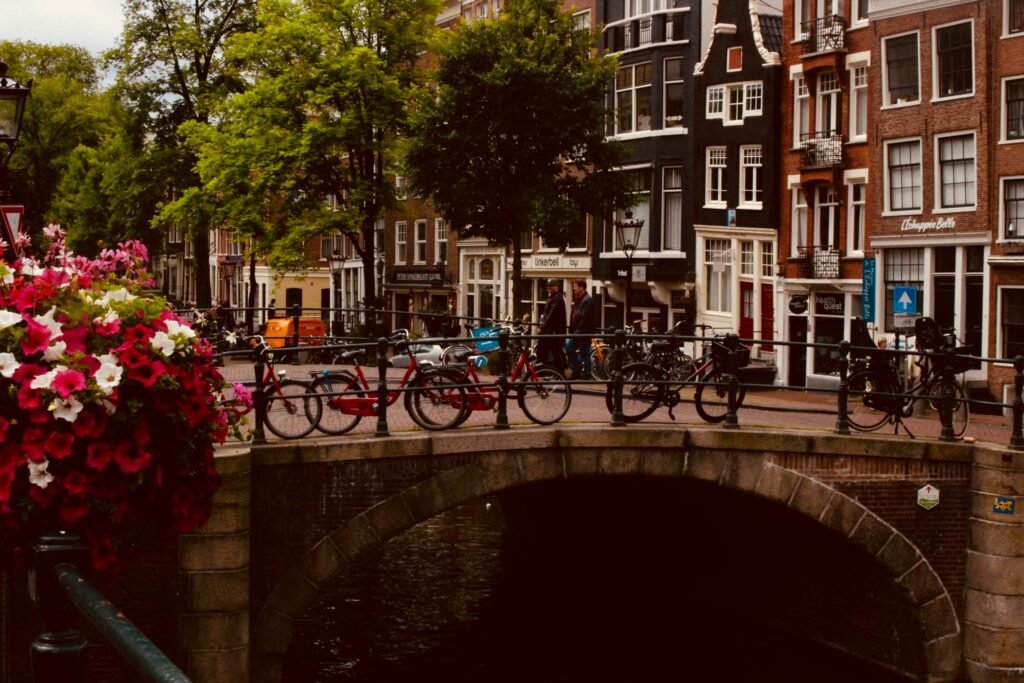
As you pedal through the city’s historic districts, you can discover iconic landmarks such as the Anne Frank House, the Van Gogh Museum, and the picturesque Vondelpark. The cycling routes intertwine the city’s cultural offerings, allowing bikers to easily transition between artistic hubs and tranquil green spaces. Exploring Amsterdam by bike not only inspires a sense of adventure but also fosters physical health through regular exercise.
For those looking to immerse themselves in this cycling tradition, several rental shops are available throughout the city. Options range from standard bicycles to electric bikes, catering to different riding preferences and fitness levels. It is advisable to reserve a bike in advance during peak tourist seasons to ensure availability. Familiarizing oneself with local cycling etiquette is essential to ensure a smooth experience. For instance, always signal your turns, keep to the designated bike lanes, and respect traffic signals to contribute to the safety and efficiency of the city’s cycling ecosystem.
By embracing the practice of cycling in Amsterdam, visitors can enjoy both the physical benefits of exercise and the opportunity to engage deeply with the city’s rich cultural landscape. Transform your sightseeing experience into an active one by taking to the pedal-powered perspective that Amsterdam has to offer.
Capoeira in Brazil: The Dance of Movement
Capoeira, a captivating Brazilian martial art, seamlessly intertwines elements of dance, acrobatics, and music, offering practitioners a unique and culturally immersive experience. Originating from the African influence in Brazil during the colonial period, this art form has evolved into a dynamic practice that not only serves as a means of self-defense but also as a vibrant performance of artistry and expression. The rhythmic movements and agile maneuvers found in Capoeira are choreographed to traditional music, allowing participants to engage in a joyous celebration of culture and fitness.
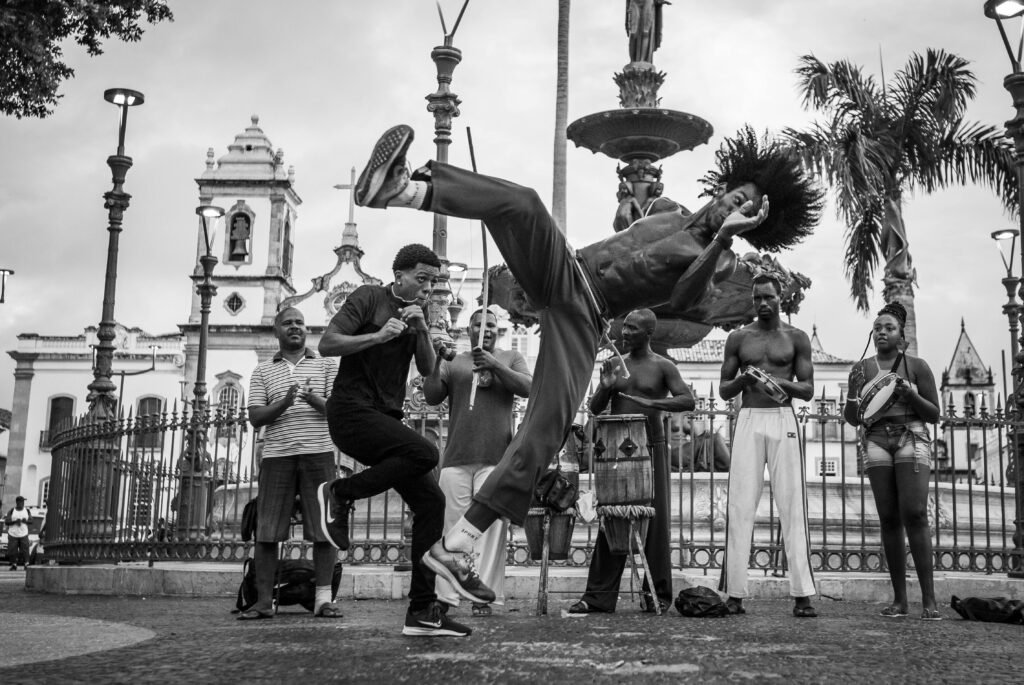
Practicing Capoeira brings numerous fitness benefits, making it a fantastic addition to any traveler’s itinerary. The art form demands significant physical strength and endurance, as well as agility and coordination. Participants often find themselves increasing their core strength, as many movements involve balancing and powerful kicks that engage various muscle groups. Moreover, because Capoeira is highly social, it fosters community connections, providing an environment where individuals can bond over shared experiences, all while enjoying the advantages of physical activity.
Travelers eager to immerse themselves in this captivating practice can easily find opportunities to participate in Capoeira classes or witness live performances in vibrant cities such as Salvador and Rio de Janeiro. Many local academies offer classes for beginners, allowing individuals of all skill levels to engage with the art. In Salvador, visitors can explore the iconic Pelourinho district, where spontaneous Capoeira performances erupt on the streets, showcasing the rhythmic beauty and acrobatic prowess of the practitioners. Similarly, in Rio de Janeiro, the lively atmosphere of Copacabana and Ipanema beaches often provides an impromptu stage for Capoeira displays, where onlookers can admire the intricate movements and sounds of this fascinating cultural heritage.
Surfing in Hawaii: Riding the Waves for Fitness
Surfing stands as one of the most iconic sports associated with Hawaii, combining physical fitness with the breathtaking beauty of its beaches and ocean landscapes. The practice of riding waves promotes various physical attributes such as balance, strength, and core stability. When surfers navigate the water, they engage multiple muscle groups, with particular emphasis on the arms, legs, and abdominal muscles. Each wave presents a unique challenge, requiring both physical exertion and mental concentration, making it an excellent workout for those looking to maintain fitness while enjoying their time on the road.

The vibrant surf culture found in Hawaii is profoundly woven into the local lifestyle, reflecting a deep cultural appreciation for the ocean and the art of surfing. For both beginners and experienced surfers, lessons are widely available, allowing new enthusiasts to join in on this exhilarating sport. Instructors emphasize safety, technique, and etiquette, ensuring that every participant is well-prepared to tackle the waves. This accessibility fosters a sense of community among surfers, transcending age and experience levels, and serves as a reminder of the sport’s nurturing spirit.
Beyond the physical benefits, surfing in Hawaii is steeped in rich traditions and significant cultural meaning. It is often seen as a rite of passage, where individuals connect deeply with nature and learn to respect the ocean’s power. The Hawaiian notion of “Aloha” embodies the spirit of surfing, promoting values such as harmony, respect, and a connection to the environment. Engaging in surfing not only enhances physical fitness but also enriches one’s spirit, creating a holistic experience that resonates with the deep-rooted heritage of Hawaiian culture.
Dance Forms Around the Globe: Moving to the Beat of Culture
Dance is an integral part of cultural identity for many societies around the world. Engaging in dance not only provides physical activity but also connects individuals to the rich traditions and stories of their cultures. From the passionate Flamenco of Spain to the classical Bharatanatyam of India and the lively Salsa of Cuba, each dance form holds unique health benefits and artistic expressions worth exploring.
Flamenco, characterized by intricate footwork and expressive hand movements, not only improves cardiovascular health but also enhances muscle strength and flexibility. This traditional Spanish dance is often performed with live guitar music, and its emotive nature reflects the deep expression of joy, sorrow, and love. Participating in Flamenco dance classes can significantly boost your fitness level while immersing you in the Spanish culture.
Bharatanatyam, one of the oldest classical dance forms from India, offers a blend of intricate footwork, hand gestures, and facial expressions that tell a story. This dance emphasizes posture and balance, promoting better core strength and flexibility. The cultural narratives depicted in Bharatanatyam often explore themes of devotion and mythology, providing dancers with a rich historical context that enhances their experience.
Salsa, with its energetic rhythms and partner-dancing style, encourages social interaction while providing a great workout. This Cuban dance form promotes cardiovascular fitness and coordination, making it a fun way to stay active. Attending salsa dance classes or local festivals can be an enjoyable way to connect with both the dance and the community around it. Each of these dance forms exemplifies how movement can serve as a bridge to cultural storytelling, all while enhancing physical well-being.
As you travel, seek out local dance classes or cultural festivals that showcase these vibrant dance forms. Trying your hand at these styles can offer a fulfilling experience that combines fitness with cultural engagement, reminding us that every culture has its unique rhythm inviting us to dance along.
Conclusion: The Joy of Staying Active While Traveling
Maintaining fitness while traveling extends beyond mere physical activity. It intertwines with cultural exploration and allows travelers to engage more deeply with the destinations they visit. By incorporating fitness activities into travel itineraries, individuals not only enhance their physical well-being but also enrich their overall experiences. From participating in traditional dance classes to hiking local trails, each fitness endeavor provides an opportunity to connect with the culture in a meaningful way.
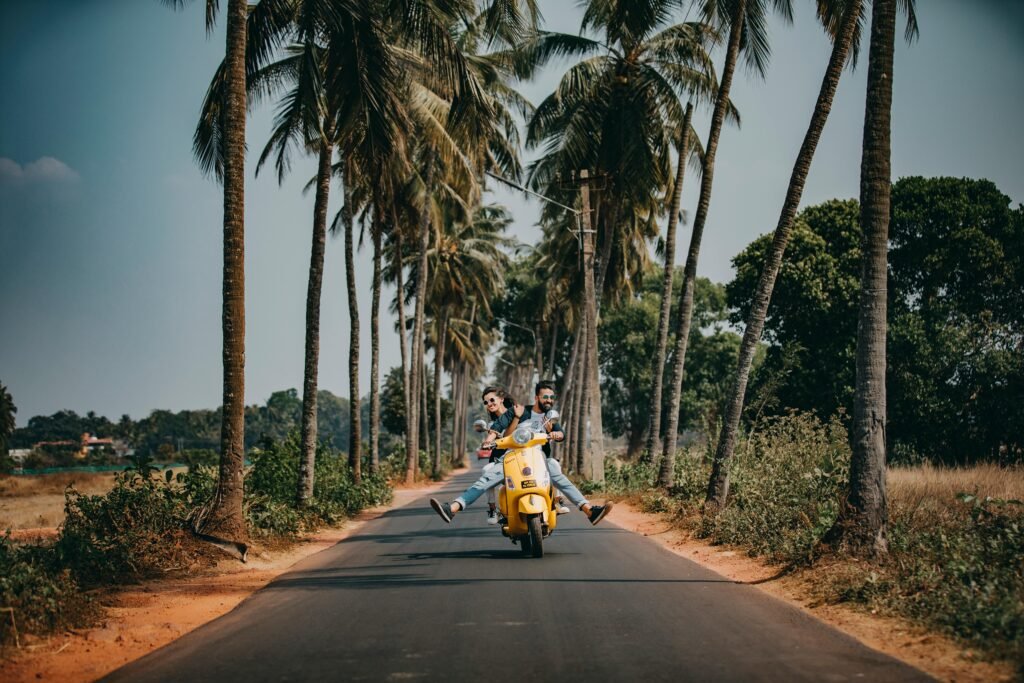
Traveling often presents unique opportunities for movement that are not typically available in everyday life. Engaging in local sports or outdoor activities can introduce travelers to local communities, traditions, and lifestyles. Whether it involves a morning yoga session on a beach in Bali or navigating the streets of Paris on a bicycle, these activities foster deeper connections to the surroundings. This blend of fitness and culture opens doors to experiences that go beyond tourist attractions, allowing travelers to create lasting memories.
Moreover, physical activity serves as a remedy for the sedentary habits that often accompany travel. Long flights and car rides can leave individuals feeling lethargic, but integrating exercise helps combat fatigue and boosts mood. It encourages a healthier lifestyle even while away from home. The joy of discovering new workout routines or exploring vibrant markets on foot brings a refreshing dimension to travel. Furthermore, staying active fosters an appreciation for the local environment and encourages travelers to immerse themselves in each destination.
Ultimately, making fitness a priority while traveling cultivates a well-rounded experience filled with joy, health, and an enhanced understanding of diverse cultures. Each step taken in a new land becomes a part of the adventure, creating a journey that enriches both body and mind. In pursuing fitness through cultural activities, travelers can truly embrace the essence of exploring the world around them.
